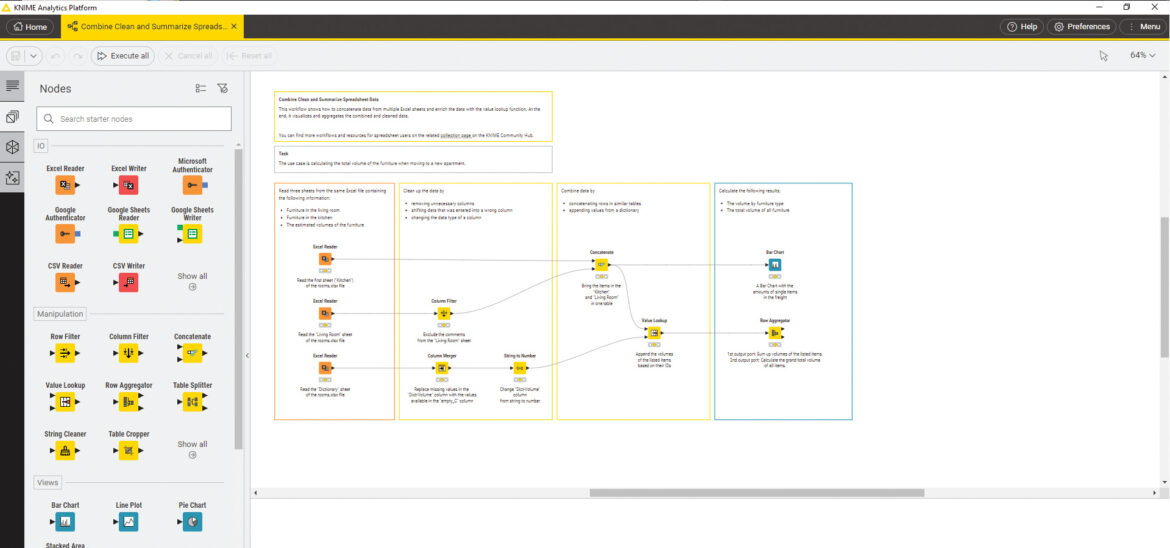In the realm of data analysis, KNIME has emerged as a powerful platform, offering substantial tools and support for decision tree development. Utilizing nodes like Decision Tree Learner and Decision Tree View on KNIME, constructing decision trees becomes more straightforward than ever, thanks to the platform’s ease of setup and use. However, delving deeper into how KNIME operates and how to use decision trees effectively necessitates referencing sample examples. KNIME provides a rich collection of examples, encompassing various decision tree application scenarios.
Decision trees aren’t just powerful tools for data classification but also aid in understanding decision-making processes. Illustrative examples on KNIME elucidate how decision trees form and apply in real-world environments.
KNIME offers a flexible, user-friendly approach to data analysis and model development. The seamless integration of tools and adaptability to diverse analytical needs make KNIME a top choice in the data analysis community.
Understanding decision tree algorithms and their support in KNIME is crucial. The two most common algorithms for constructing a single decision tree are CART (Classification And Regression Trees) and C5. While KNIME doesn’t have specific nodes for CART and C5, the crucial aspect lies in configurations. Selecting indices like the Gini Index and Gain Ratio, along with using pruning methods, significantly impacts model outcomes.
Additionally, we’re introduced to regression trees and ensemble methods like random forest. Familiarity with these algorithms opens doors for real-world applications, enhancing our understanding of data and creating accurate predictive models.
However, understanding algorithms isn’t enough; practical application is crucial. This demands profound data comprehension, analytical skills, and problem-solving abilities.
In my perspective, mastering knowledge of decision tree algorithms and applying them practically is the key to crafting accurate and effective data analysis predictions. To become knowledgeable in this field, one needs not only solid knowledge but also creativity and the ability to apply flexibly to specific situations.





